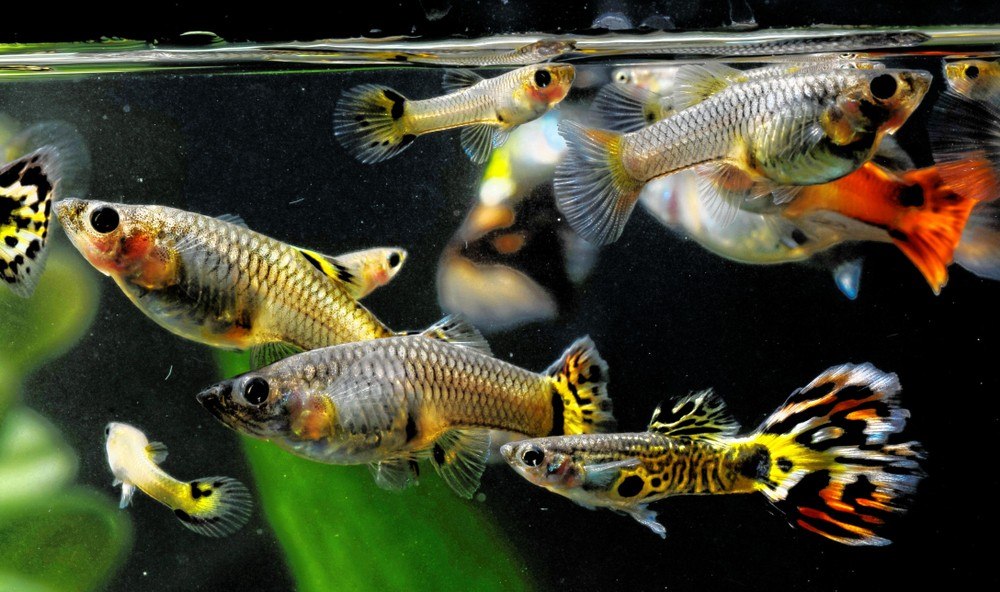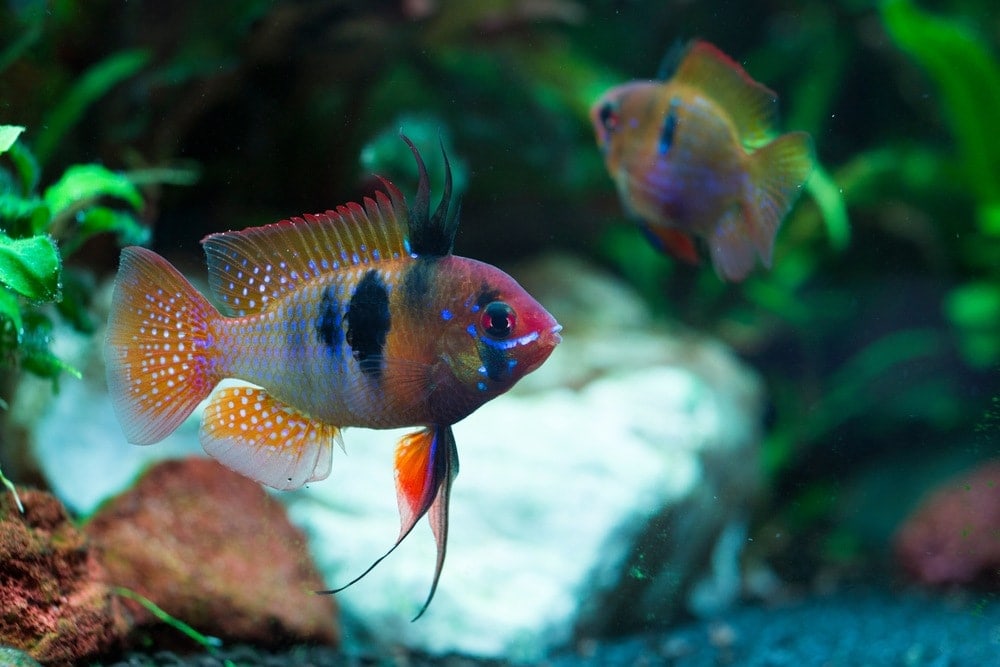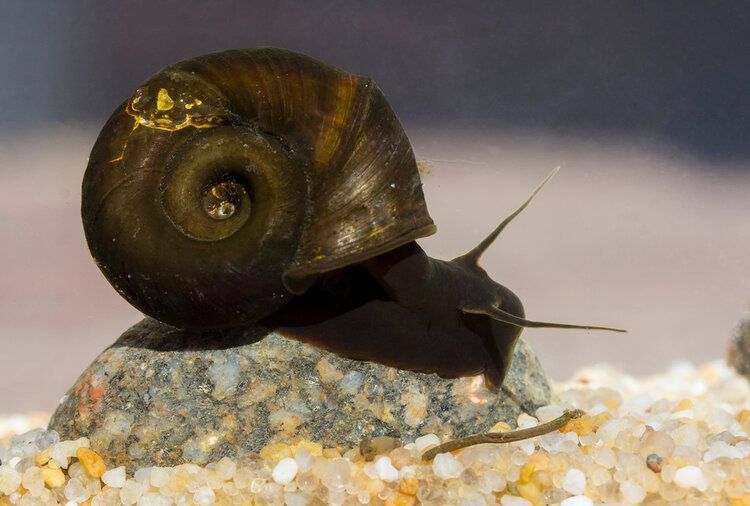How Many Molly Fish Can You Have in a 10 Gallon Tank? Facts & FAQs

Updated on
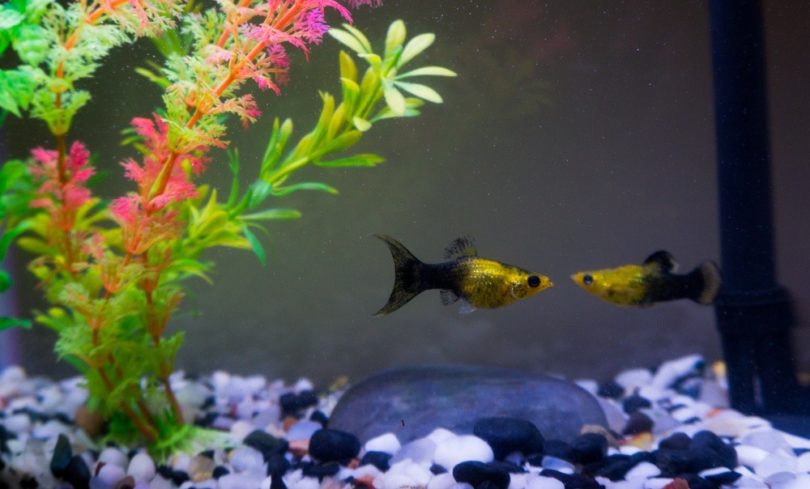
What is amazing about Mollies is that there are many different types of them—nearly 40 at the time of writing. These fish can be very diverse and colorful and can grow up to 4.5 inches in length. They make for some really beautiful pets.
You might be wondering how many Molly fish you can fit in a 10-gallon tank. Mollies need at least 10 gallons of tank space. For each additional molly in the tank, you will want to have an additional 5+ gallons of tank space.
As Mollies are schooling fish, a 10-gallon tank would be too small and we would recommend a 20-30-gallon tank to house three Mollies (such as Sailfin Mollies).
How Many Mollies Should I Get?
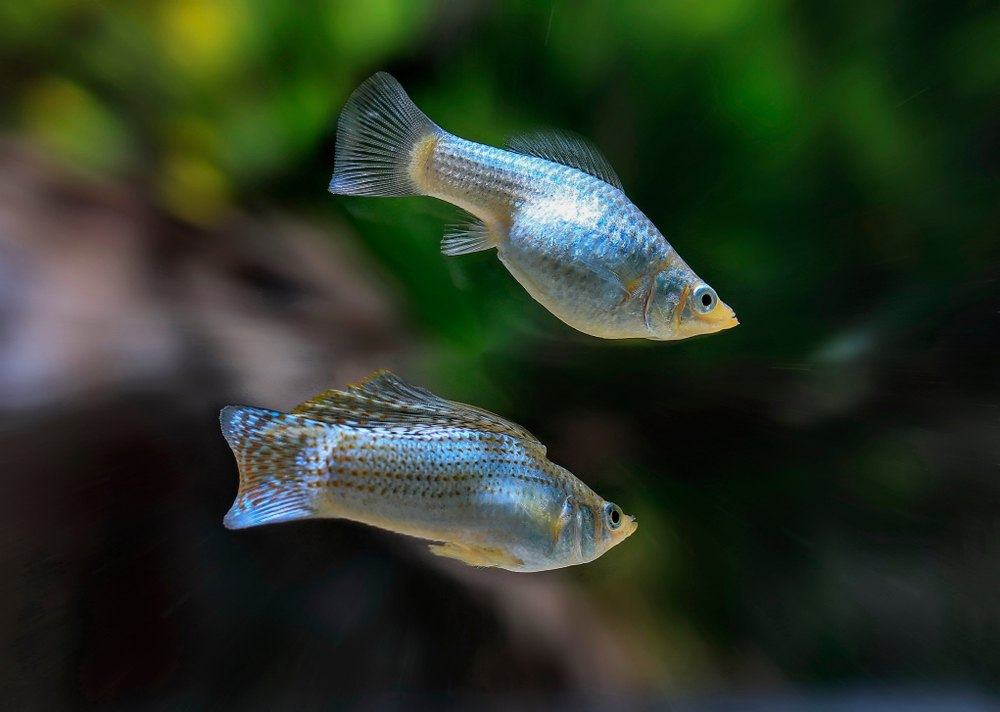
Mollies are schooling fish and they do not like to be kept alone. It is recommended to keep at least 3–4 mollies in a tank, if not more. Generally speaking, the more the merrier assuming you have a big enough tank.
Keep in mind that during mating season, males can become aggressive towards each other, plus they will harass the females. Therefore, having more females than males is recommended. For instance, if you plan on getting four Mollies, three should be female.
Molly Fish Housing Requirements
Before you go out and buy a small school of Molly fish for your aquarium, there are some important housing requirement details that you should be aware of. So let’s take a closer look.
Water Temperature
Mollies are strictly warm-water tropical fish. Molly fish require the water to be between 72 and 78 degrees Fahrenheit. This is fairly warm, and chances are that where you live, the ambient temperature often drops below the acceptable mark to maintain the proper temperature.
Therefore, chances are pretty big that you will need an aquarium heater. Keeping the temperature at around 75 degrees is best, and you will probably want an aquarium thermometer to monitor this.
Water Hardness
Molly fish prefer their water to be moderately hard. In terms of the dGH level, this should be between 10 and 20 dGH, which is quite moderate. You will probably want to get yourself a water testing kit as well as some water conditioner to ensure that you can maintain the proper level of water hardness.
Water pH
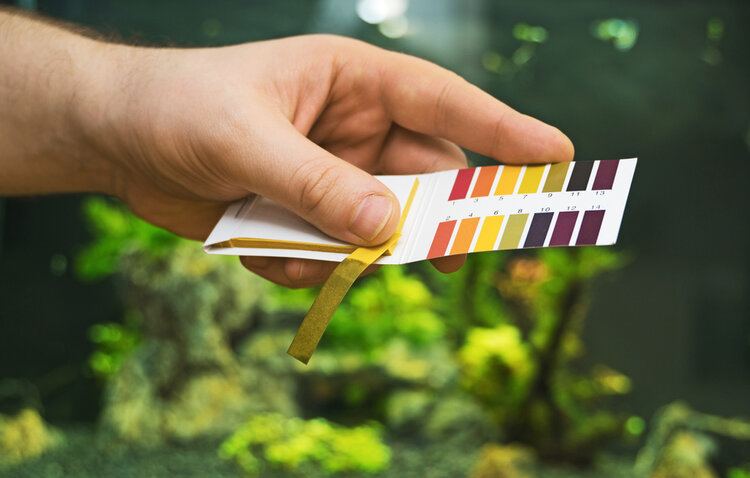
Many fish need the water to be a bit on the acidic side of things, but when it comes to Molly fish, they can also handle basic or alkaline water just fine. As long as you keep the pH level between 6.7 and 8.5, it should be okay.
That said, if you can keep the water slightly alkaline, such as a pH of 7.5, you will see the best results. Getting a pH testing kit and pH-altering liquids for aquariums is highly recommended here.
Filtration & Aeration
In terms of filtration, Molly fish prefer fairly clean waters that are well-aerated and somewhat slow-moving. No, you don’t really need an air stone or air pump for these little fish, especially if you have lots of live plants and the tank is not overcrowded with too many fish.
What you do want is a decent filter that engages in all three major types of filtration, including mechanical, biological, and chemical filtration. You also want one that can process about 3 times the water volume of the tank per hour, which means that for a 20-gallon tank, the filter should be able to process around 60 gallons per hour.
Make sure to get an aquarium filter with an adjustable flow rate, as you do want to keep the current to a minimum.
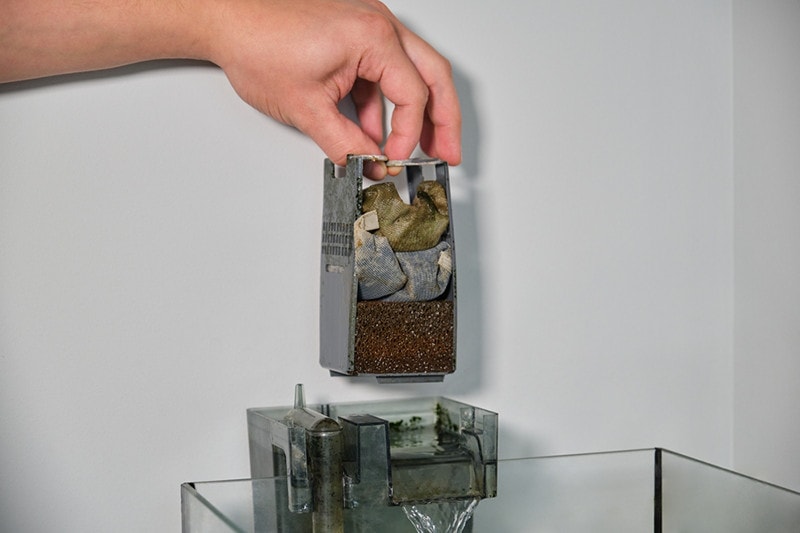
Lighting
Mollies do not require any special kind of aquarium lighting. Just something basic that can mimic natural sunlight and daylight will do just fine.
Substrate
Mollies also do not have any special substrate requirements. These fish like to be in the middle of the water column and don’t spend much time at the bottom. However, if you plan on adding a lot of plants to the mix, then the substrate will make a difference.
It is recommended to go with very fine aquarium gravel or some nice aquarium sand. Try to go for a color that contrasts with your specific Mollies, just so their colors really pop.
Plants
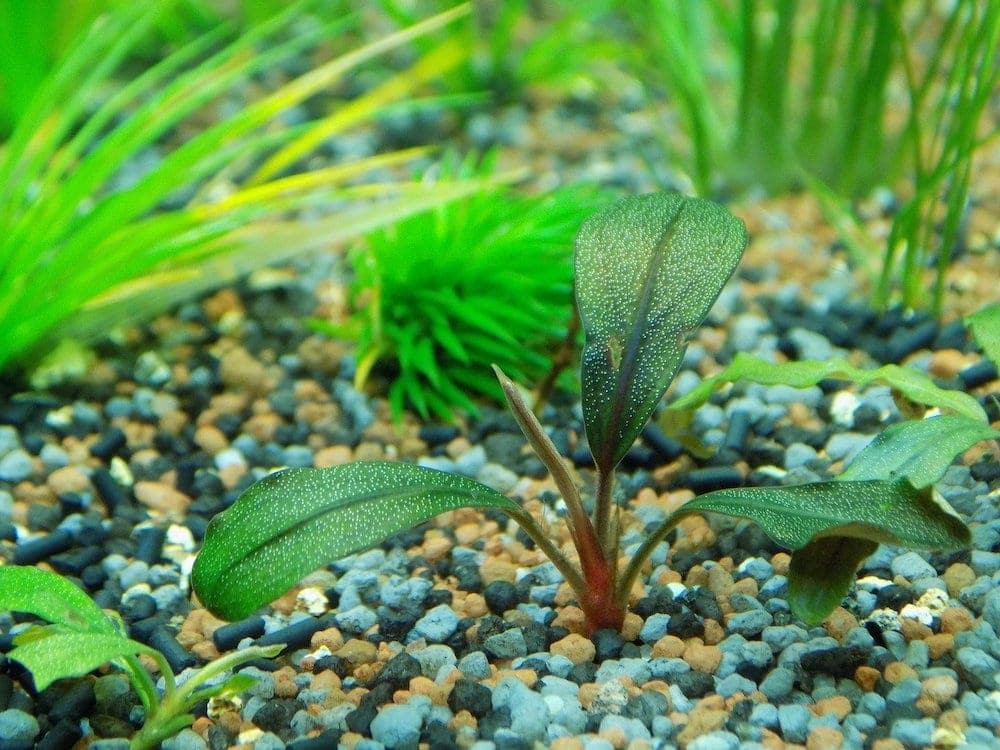
Molly fish do enjoy having a decent amount of plants in their tanks, and the specific plants don’t matter all that much.
These fish do like to explore, hide, and get a bit of privacy, so having a few plants with large leaves, lots of leaves, or a bushy or thick grassy type plants are all ideal for mollies. Something like Anubis nanas are perfect.
Rocks & Deco
Mollies don’t spend much time at the bottom, so there is no big need for many rocks and decorations, but a few will still do fine. You could get a ceramic, maybe a couple of rock caves, and a piece of driftwood, just so the Mollies can get some privacy if they want it.
Tank Mates
Due to their peaceful and relaxed nature, Molly fish make for great community tankmates for many other fish.
The only thing to keep in mind here is that you should not house them with much larger or more aggressive fish. Some of the best Molly tank mates include Corydoras, Danios, Dwarf Gouramis, Platies, Tetras, Yo-Yo Loaches, Rosy Barbs, and other such peaceful fish.
How Many Mollies in a 5-Gallon Tank?
There are some smaller Mollies, ones that grow to just a couple of inches in length, in which case you could fit up to two of them in a 5-gallon tank. That said, the larger ones, such as Sailfin Mollies, will not do well in a 5-gallon tank.
As mentioned before, some Molly fish can grow up to 4.5 inches in length, and a 5-gallon tank will not do for a fish of this size.
Conclusion
Mollies are beautiful and peaceful fish, ones that come in all sorts of shapes, sizes, and colors too.
They are fairly easy to care for, and as long as you create the right tank setup with the proper water conditions, they make for one of the most beginner-friendly fish around.
- You Might Also Be Interested In: 9 Best 10-Gallon Fish Tanks – Reviews & Top Picks
Featured Image Credit: Praveen Aravind, Shutterstock

